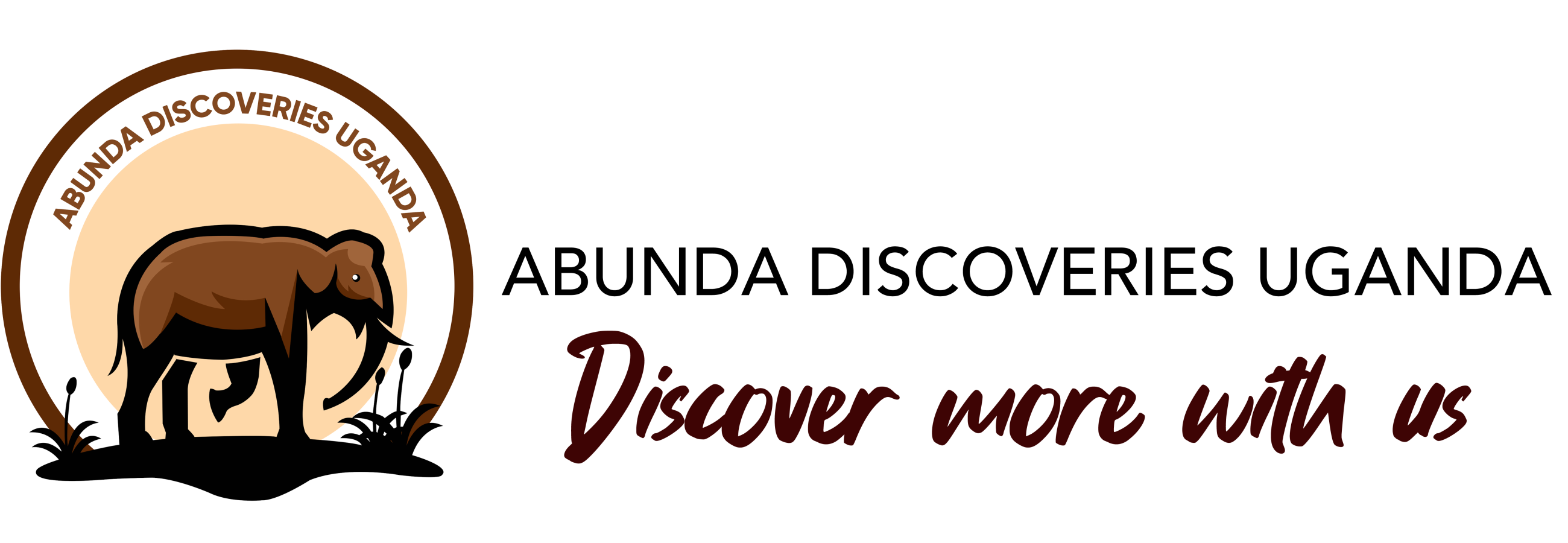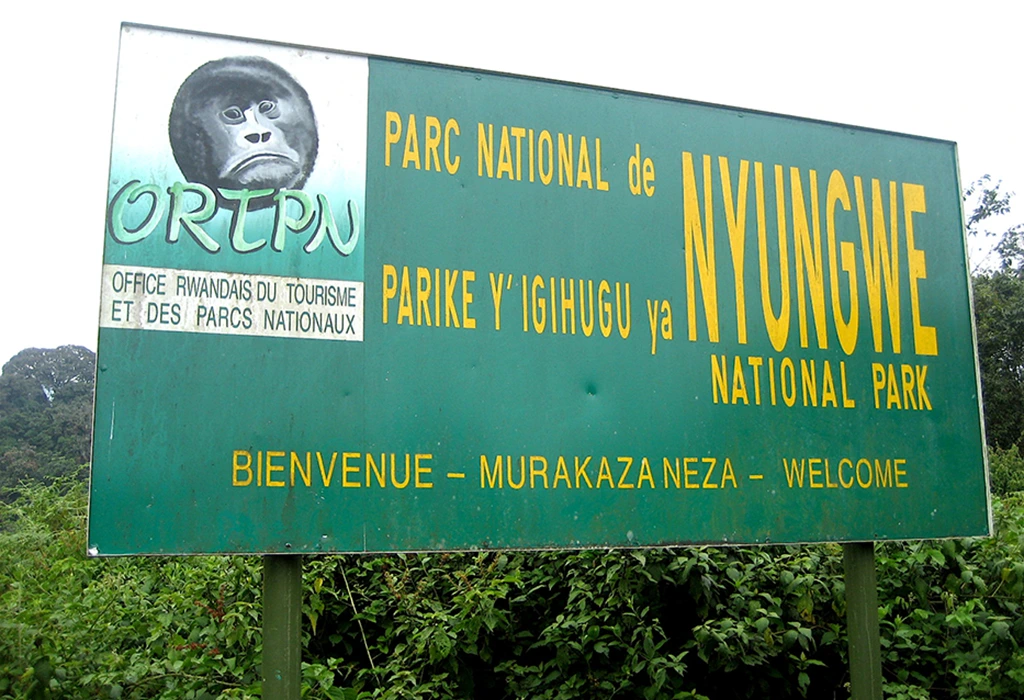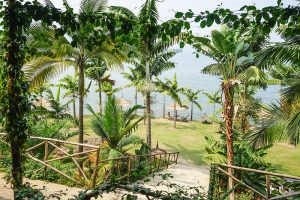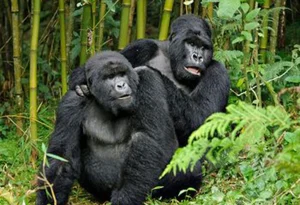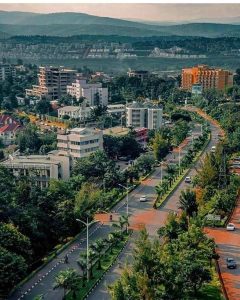Nyungwe Forest National Park stands as one of Africa’s oldest and most biodiverse rainforests. Located in southwestern Rwanda, it spans over 1,000 square kilometers of lush montane rainforest, bamboo groves, swamps, and grasslands. This rich ecosystem provides a sanctuary for countless species, making it a must-visit destination for nature lovers and adventure seekers. Exploring Nyungwe Forest
Travelers visit Nyungwe Forest to immerse themselves in its untouched beauty, trek with wild chimpanzees, walk above the treetops on a canopy bridge, and hike through scenic trails filled with endemic flora and fauna. Nyungwe is not only a biodiversity hotspot but also a peaceful escape into nature. exploring Nyungwe forest
What Wildlife Can You See in Nyungwe Forest?
Nyungwe Forest teems with wildlife. It is home to 13 species of primates, including chimpanzees, L’Hoest’s monkeys, Rwenzori colobus monkeys, and vervet monkeys. The forest hosts over 300 species of birds, with many Albertine Rift endemics that attract birdwatchers from around the world.
Besides primates and birds, visitors can encounter small antelopes, bush pigs, and even elusive forest cats. Reptiles like chameleons and a wide variety of butterflies add to the forest’s vibrant ecosystem.
What Are the Top Activities to Enjoy in Nyungwe Forest?
Chimpanzee Trekking
One of the main reasons people visit Nyungwe Forest is to trek and observe wild chimpanzees. Guided tours take small groups deep into the forest at dawn. Guides track the chimps by following vocal calls and signs like broken branches or fresh nests. Once found, you can spend an hour observing these intelligent creatures in their natural habitat.
Canopy Walk
Nyungwe’s canopy walk is one of the most iconic experiences in Rwanda. Suspended 50 meters above the forest floor and stretching over 160 meters, the bridge offers panoramic views of the forest and distant hills. This adventure allows you to walk through the treetops and see birds and monkeys at eye level.
Hiking Trails
Nyungwe offers more than 15 well-maintained hiking trails that cater to various fitness levels and interests:
- Isumo Waterfall Trail: Leads to a stunning waterfall and offers scenic views.
- Igishigishigi Trail: Short but includes access to the canopy walk.
- Bigugu Trail: Takes you to the highest peak in the park.
- Kamiranzovu Swamp Trail: Perfect for nature lovers interested in birdwatching and botany.
Guided hikes enhance the experience, as knowledgeable rangers explain the forest’s ecology, plant life, and animal behavior.
Bird Watching
Birdwatchers can explore Nyungwe’s trails and swampy areas to spot rare and colorful species like the Great Blue Turaco, Red-collared Mountain Babbler, and Purple-breasted Sunbird. Hiring a birding guide increases your chances of locating endemic species and learning about their habits.
Cultural Encounters
Visitors can engage with local communities around the forest, gaining insight into traditional Rwandan life. Cultural tours often include traditional dance performances, storytelling, local food tastings, and handicrafts. These experiences support eco-tourism and help preserve local heritage.
How Do You Get to Nyungwe Forest?
Nyungwe Forest lies about 225 km southwest of Kigali. The most common route is a 5 to 6-hour drive from Kigali through Huye (Butare), which offers scenic views and cultural sites along the way. You can rent a private car, book a tour package, or use public transport and then connect with local taxis.
The roads to the park are mostly paved, but some internal roads may require a 4×4 vehicle, especially during the rainy season. Helicopter transfers are available for luxury travelers seeking a quicker, more exclusive arrival.
When Is the Best Time to Visit Nyungwe Forest?
Nyungwe Forest is open year-round, but the dry seasons from June to September and December to February are the most favorable for trekking and hiking. Trails are more accessible, and wildlife is easier to spot.
The rainy seasons, particularly March to May, bring lush greenery and fewer tourists, which appeals to photographers and birdwatchers. However, heavy rains can make some trails slippery and challenging.
What Should You Pack for Nyungwe Forest?
To stay comfortable and prepared, bring:
- Sturdy hiking boots
- Long-sleeved shirts and trousers (to protect from insects and vegetation)
- Rain jacket or poncho
- Sunscreen and insect repellent
- Binoculars and a camera
- Refillable water bottle and light snacks
Don’t forget your chimpanzee trekking permit, booked in advance through the Rwanda Development Board (RDB) or a trusted tour operator.
Where Can You Stay When Visiting Nyungwe Forest?
Accommodation near Nyungwe Forest suits all budgets:
- Luxury: One&Only Nyungwe House offers world-class service, wellness experiences, and scenic luxury suites.
- Mid-range: Nyungwe Top View Hill Hotel provides cozy cottages with spectacular views.
- Budget: Gisakura Guesthouse offers basic but clean rooms near the park entrance.
Booking ahead is highly recommended, especially in peak travel seasons.
Is Nyungwe Forest Safe for Tourists?
Yes, Nyungwe Forest is considered very safe. Park rangers accompany all treks and hikes, and the Rwandan government maintains a strong security presence in the region. The trails are well-marked, and tour guides ensure that visitors follow safety protocols.
Medical services are limited, so travelers should carry essential medication and purchase travel insurance that covers hiking and adventure activities.
Why Should You Explore Nyungwe Forest?
Nyungwe Forest offers more than just a walk in the woods. It delivers a full sensory journey through a thriving ecosystem, cultural depth, and breathtaking adventure. Whether you want to observe wild chimpanzees, stroll above the treetops, or hike serene forest trails, Nyungwe provides a unique blend of wildlife, wellness, and wonder. For travelers seeking a different side of Rwanda beyond gorillas and Kigali, Nyungwe is the answer. exploring Nyungwe forest
Plan your trip today and discover why this rainforest jewel continues to captivate adventurers from around the world.
